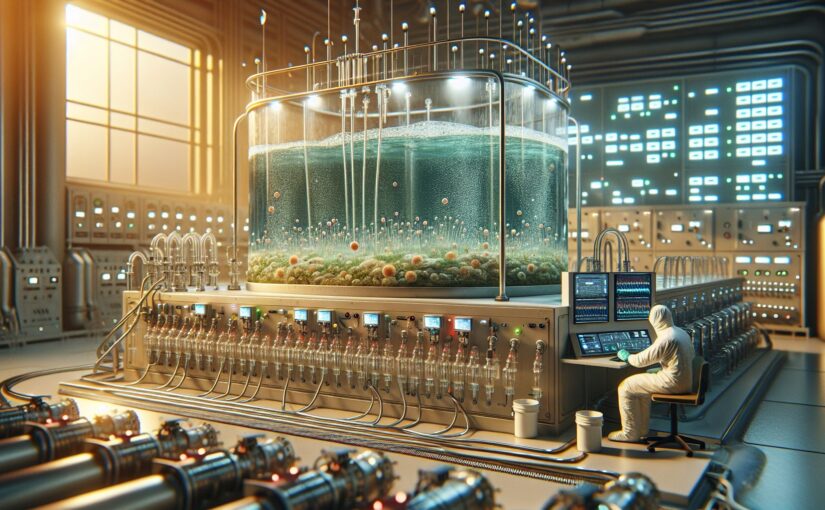Water pollution from industrial processes poses one of the largest threats to our environment. More specifically, effective management of wastewater is a major concern for both developed and developing countries. Although various conventional wastewater treatment technologies are in place, they often face issues such as high operational and maintenance costs, and the requirement of substantial energy for their functioning.
To mitigate these challenges and make wastewater treatment more sustainable, scientists have been investigating and developing innovative wastewater treatment technologies. One such promising technology is bioelectrochemical system (BES). Before we delve into the world of BES, let’s understand what wastewater is and why it should be treated.

Wastewater: What and Why?
Wastewater is the water that has been affected by human use. It includes a wide range of potential contaminants and concentrations, but is not limited to, physical materials, chemicals and biological organisms such as microorganisms. Wastewater treatment is necessary to ensure that our water bodies do not get contaminated with these pollutants, thus protecting the environment and public health, conserving water, and recycling valuable resources.
Bioelectrochemical Systems: An Innovative Solution
Bioelectrochemical systems (BES) are innovative technologies that use the capability of certain types of bacteria, known as electroactive bacteria, to convert wastewater pollutants into electricity. As the bacteria consume the organic matter in the wastewater, they breathe onto an electrode, releasing electrons and protons. These electrons are then transferred to a second electrode (called the cathode) where they combine with protons and oxygen to form water.
This process not only cleans the wastewater, but also generates electricity. Hence, it offers an exciting way to convert the issue of wastewater treatment into an energy-producing solution.

Dual Role of Bioelectrochemical Systems
BES plays a dual role in wastewater treatment. Firstly, it treats wastewater by removing organic contaminants from it. Secondly, it gives us a unique opportunity to turn this waste into valuable products, like electricity, hydrogen, or even high value chemical compounds that can be used as raw materials in other industrial processes.
Not only that, bioelectrochemical systems are environment-friendly and can potentially contribute to achieving sustainability goals of industries in terms of energy recovery and lower carbon emissions.
While these advancements seem promising, it is important to note that like with any emerging technology, BES technology also faces its set of challenges – these include issues related to cost, scalability, and efficiency. However, with ongoing research and technological advancements, these are likely to be overcome over time.
Conclusion
The potential of bioelectrochemical systems to provide a sustainable solution to the problem of wastewater treatment while producing energy and valuable chemicals is inspiring. It’s an example of how we can take problems and turn them into solutions, using nothing more than the capabilities of nature, combined with a dash of human ingenuity.
With ongoing research and development, bioelectrochemical wastewater systems could play a significant role in shaping sustainable and circular economies in the future.
Sources:
